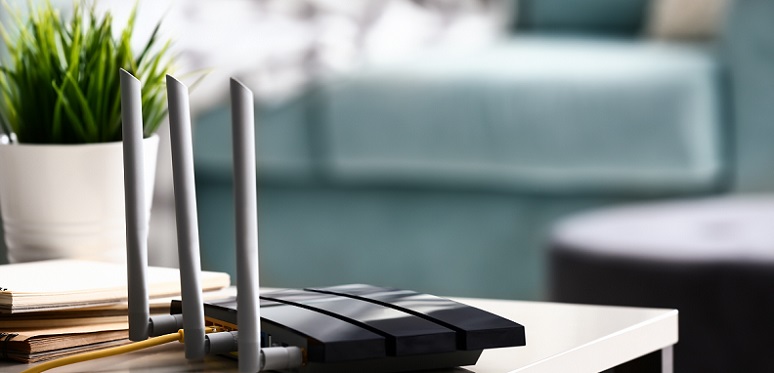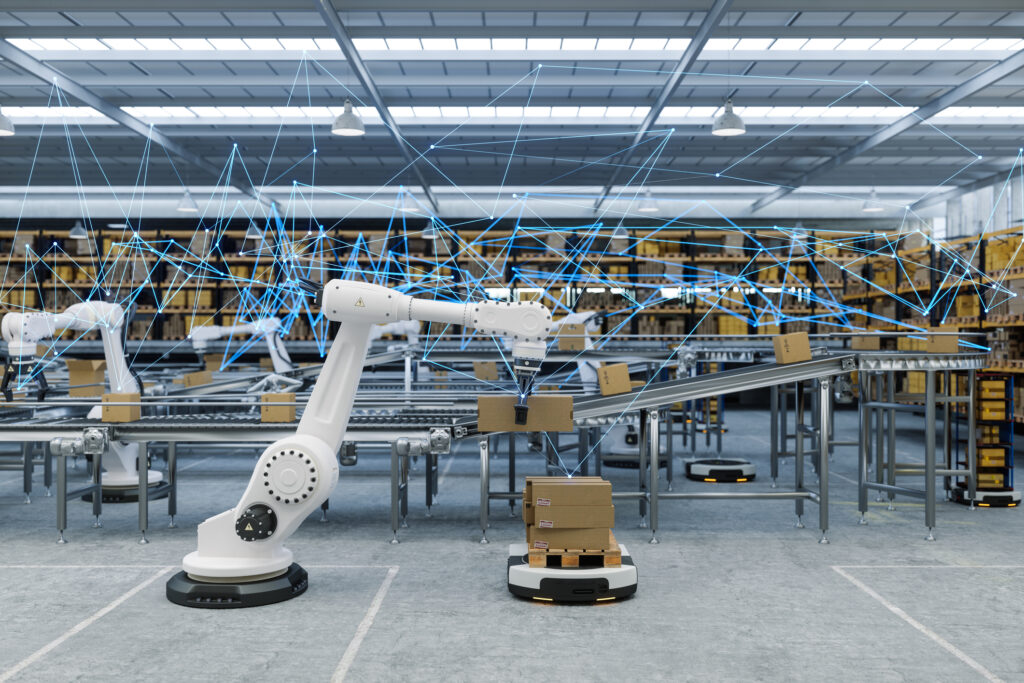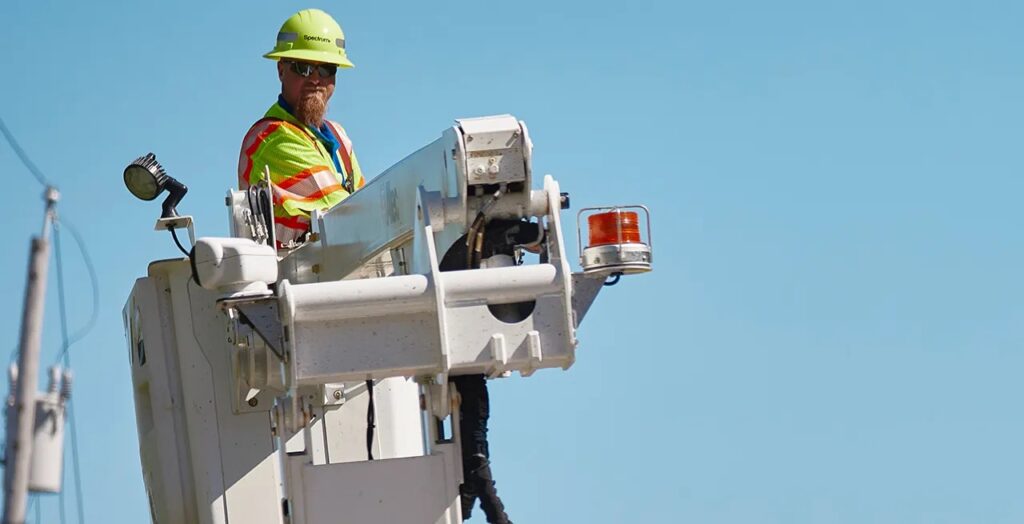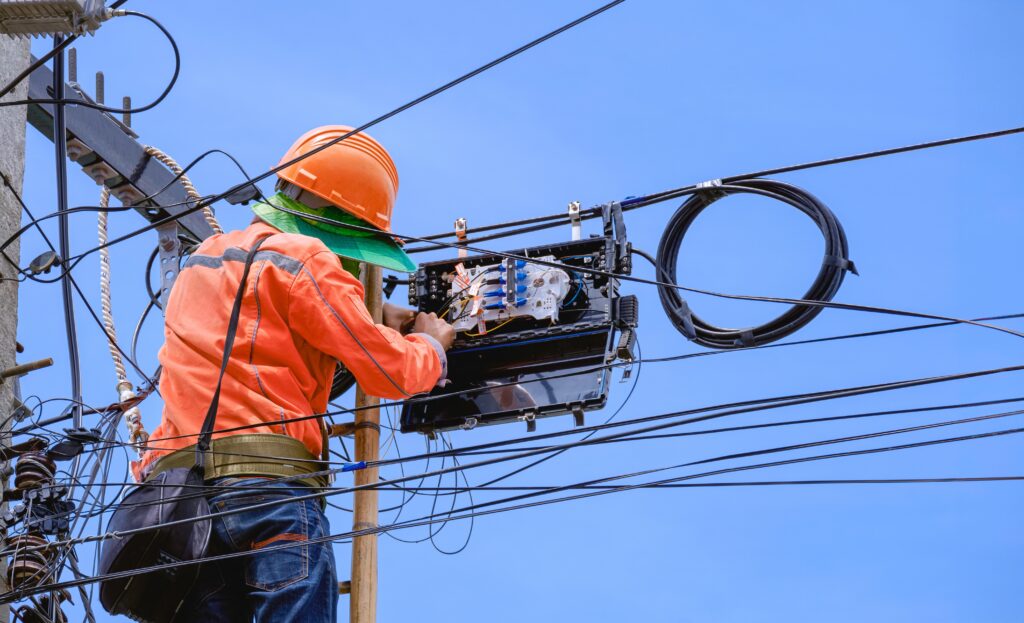As the pandemic surges on, NCTA continues to report, on a biweekly basis, the network performance data gathered from major cable broadband providers across the country. The NCTA COVID-19 Dashboard was first published last April as the cable industry came together in an effort to be as transparent as possible about network performance during a time when remote work, virtual schooling, and telehealth were at an all-time high and internet traffic patterns were spiking. NCTA has published several posts that explain why cable networks have been more than adequately prepared to handle the surges in internet traffic thanks to the industry’s investment in the infrastructure and constant upgrading of the network. The NCTA whitepaper, ‘Tele-Everything and its Impact to the Network,’ also examines the resiliency of the network and its ability to withstand the added strain. But one area that should also be touted is the role of the industry’s energy efficiency voluntary agreements. How did the industry’s energy efficiency program play an important role during a time when consumers demanded faster internet speeds and increased capacity to accommodate their evolving work-from-home needs?
As explained in an NCTA article last August, the voluntary energy efficiency agreements operate without any regulatory mandate. Essentially, the two voluntary agreements, one dedicated to set-top boxes and the other to small network equipment, demonstrate the deep commitment by pay-TV and internet service providers to conserve energy while continually improving the services delivered to millions of consumers. The agreements have saved consumers billions of dollars while also reducing energy consumption. CableLabs Technology Policy Director Debbie Fitzgerald, who works closely with NCTA on the energy efficiency initiatives, credited the New Feature Allowances Process–which is part of the voluntary approach–for giving cable networks the ability to deliver upgrades in speeds that consumers demanded during stay-at-home orders.
The New Feature Allowances Process, as Fitzgerald explained, “allows operators and manufacturers to innovate and evolve their networks and consumer devices without being constrained by regulation.” Fitzgerald further commented, “What our voluntary agreements do is allow for new features to be added to the platforms with a proposed allowance if that new feature requires a little bit more energy.” (Since the Small Network Equipment Voluntary Agreement was adopted in 2015, cable modems have migrated from DOCSIS 3.0 to 3.1 to deliver faster download speeds, and Wi-Fi devices have evolved in their capabilities to deliver increased Wi-Fi capacity within homes.) In contrast, government regulations restrict features that service providers can add to devices in consumers’ homes. But thanks to the New Feature Allowances Process, operators were able to roll out new features to devices in homes early and were ready to meet the increased demand due to the pandemic. “I’m also an example of someone who had to upgrade her service when we all started working from home during the pandemic, due to significant increases in online activity in my house,” said Fitzgerald.
Cable operators, in many cases, are rolling out modems and other devices that allow for higher tiers and speeds, even if consumers may not be using those speeds or features at that current time. But consumers like Fitzgerald benefit when upgrades can be rolled out to their devices easily and quickly later on, without the need for new equipment in their homes, and without the barriers presented by regulation. “Fortunately, our voluntary agreements allow us to add features and capabilities without being penalized if it does increase the energy consumption ever so slightly to accommodate for future requirements.” Fitzgerald added, “We’re definitely seeing that even though we are adding more features as we are going with significantly higher speed capabilities, security, liability, and latency, it’s without much increase at all in the raw energy consumption.” In fact, the most recent Small Network Equipment Voluntary Agreement report found that the average energy usage relative to broadband speeds for integrated access devices (the most common type of access equipment) has reduced by 70% over the five years of the voluntary agreement.
To find more information about the success of the industry’s voluntary agreements, visit https://www.energy-efficiency.us/. To check the latest findings on nationwide broadband network performance during the pandemic, go to the NCTA COVID-19 dashboard.









